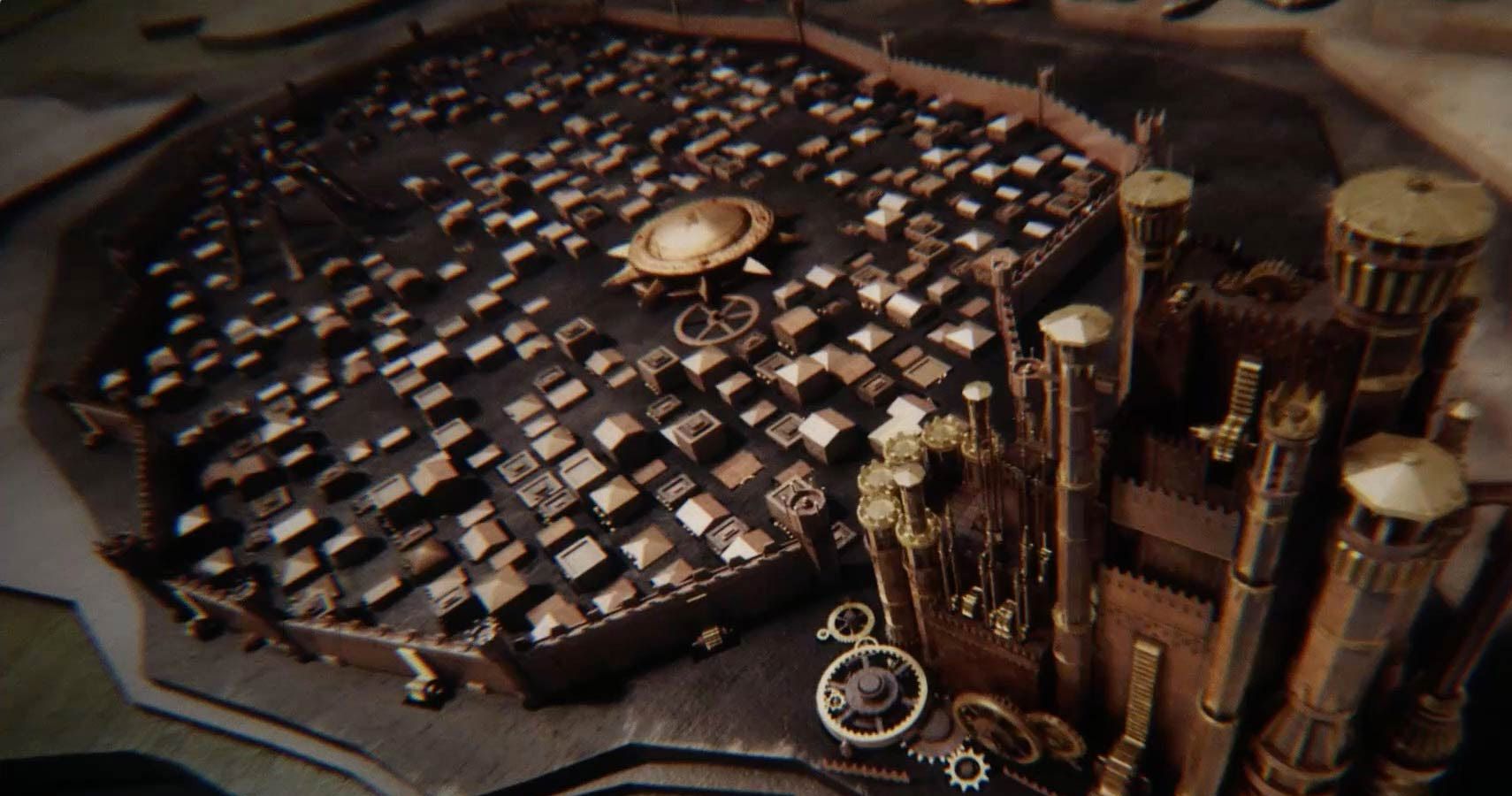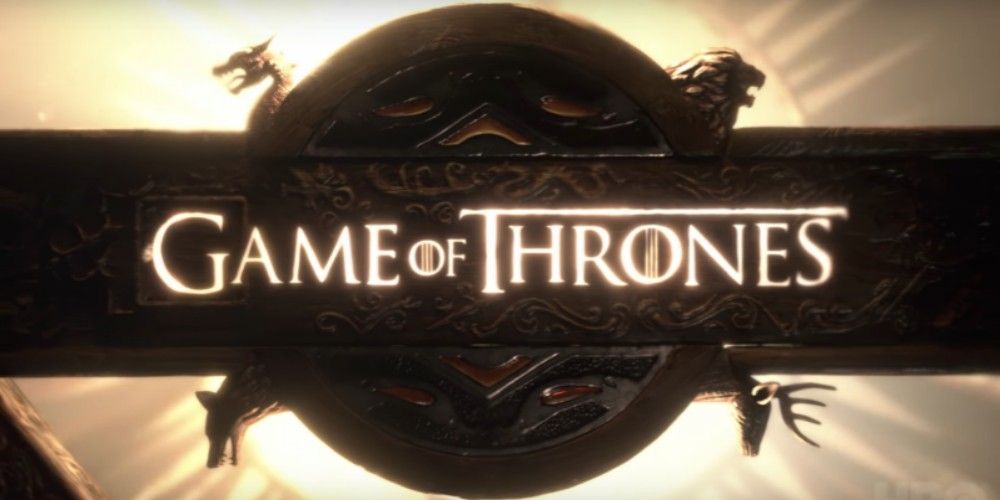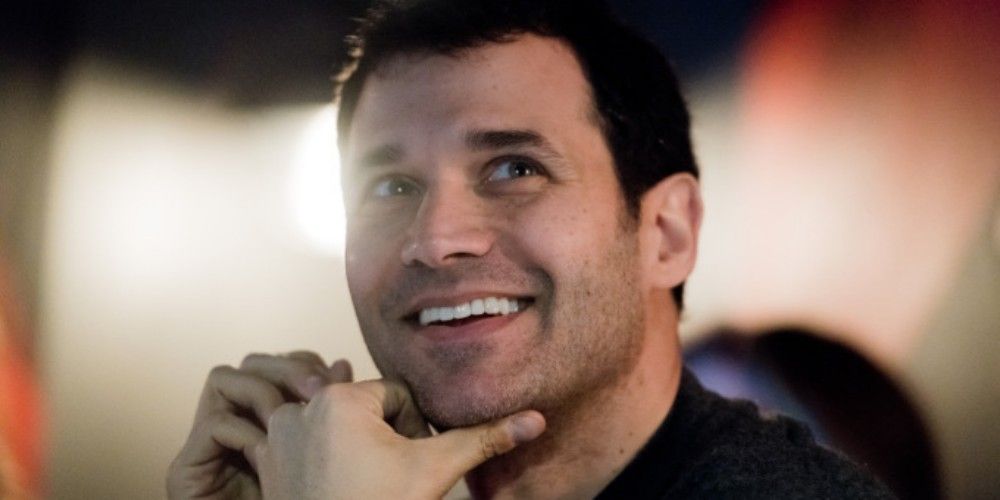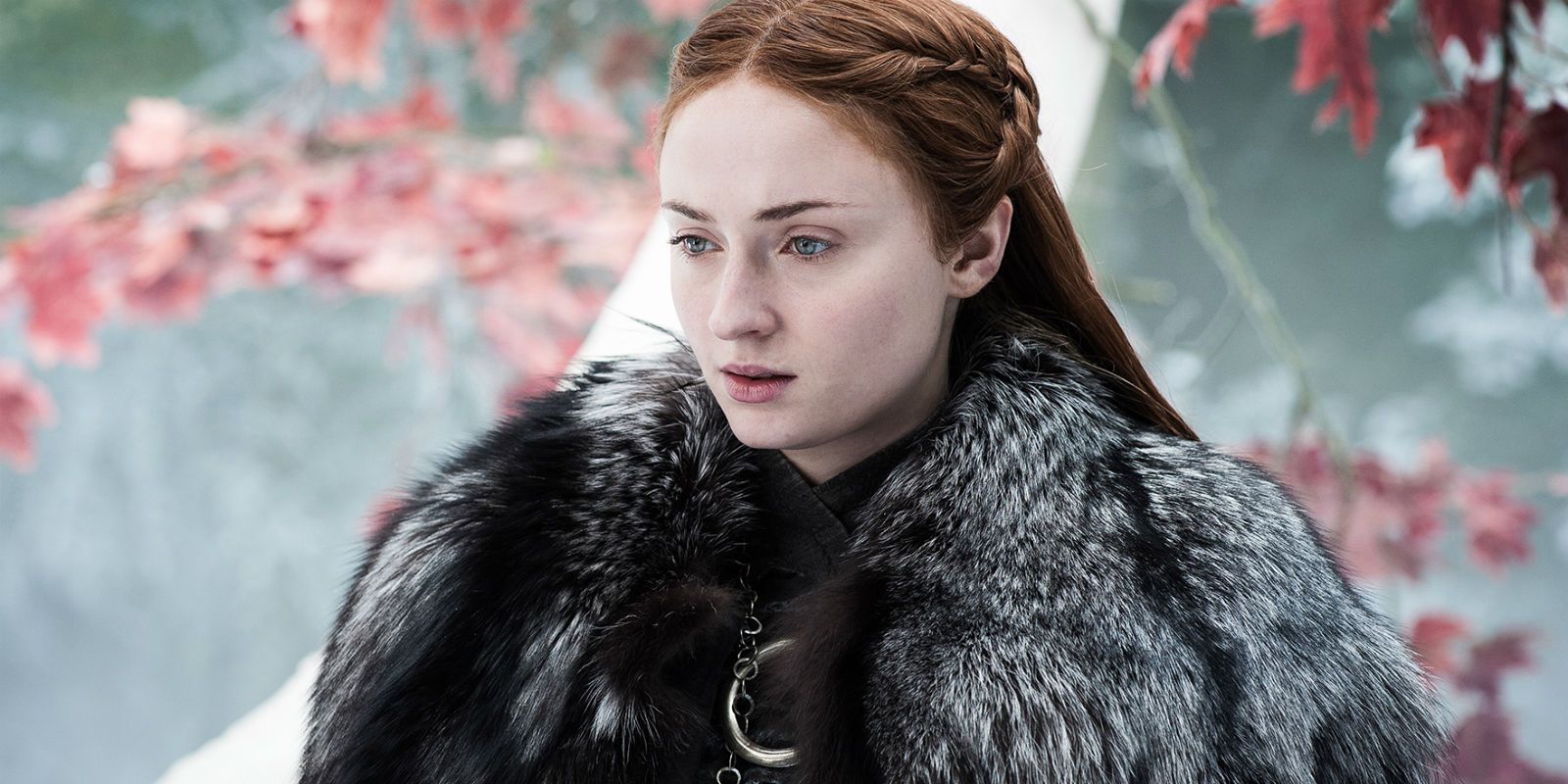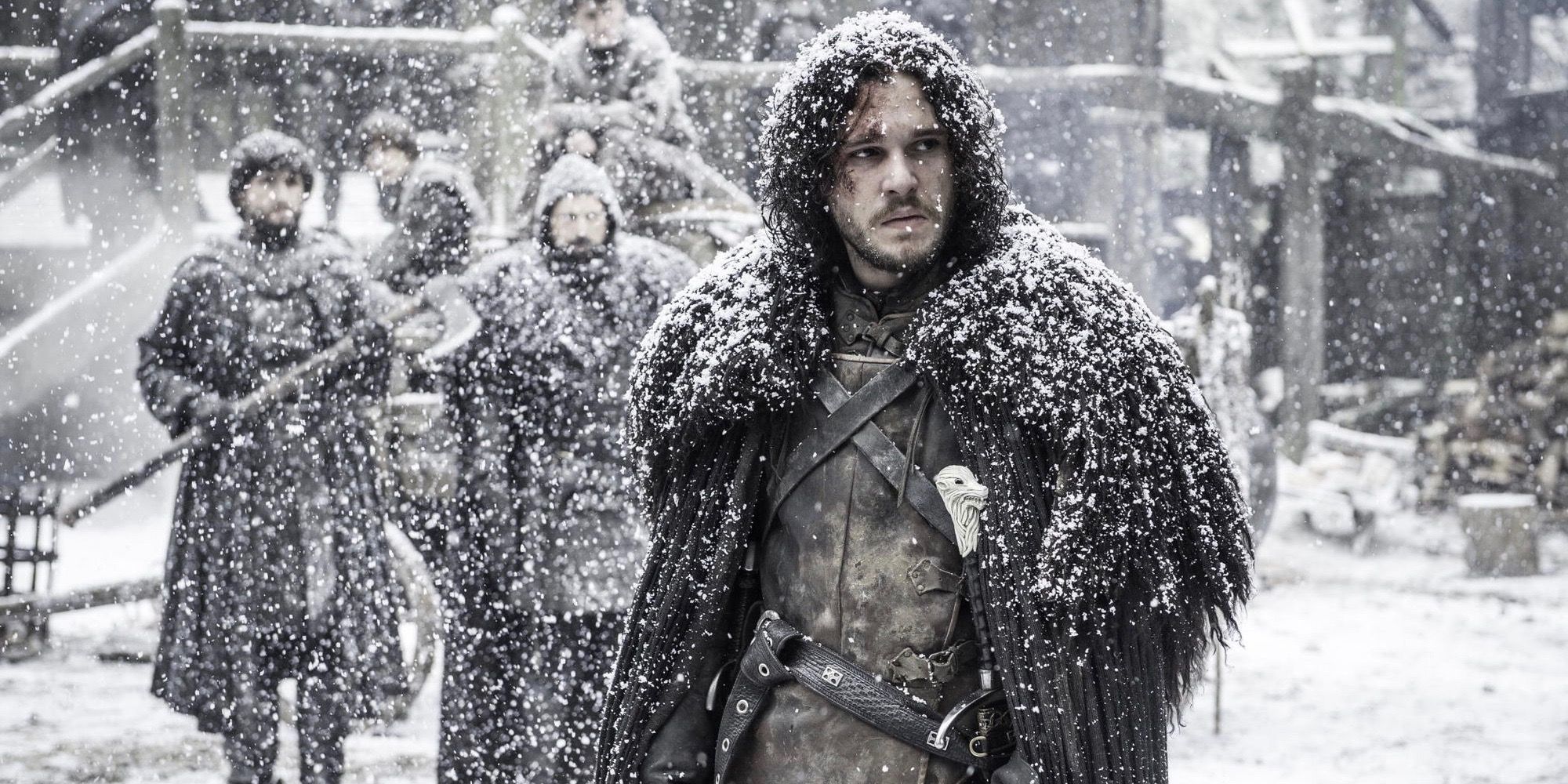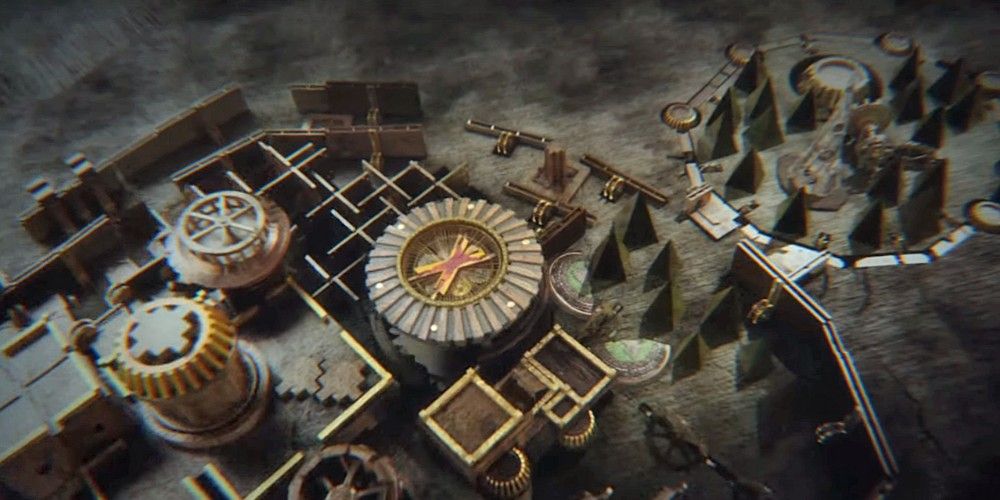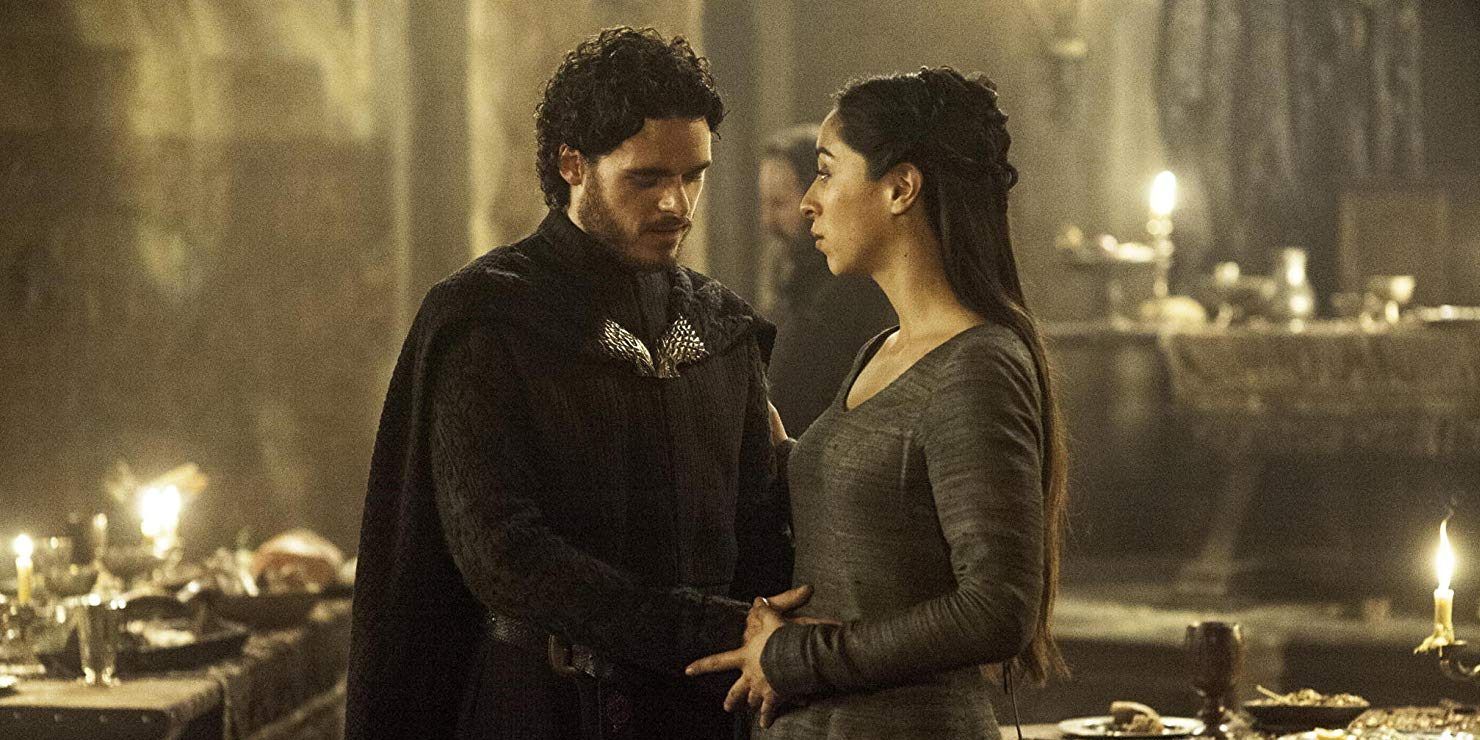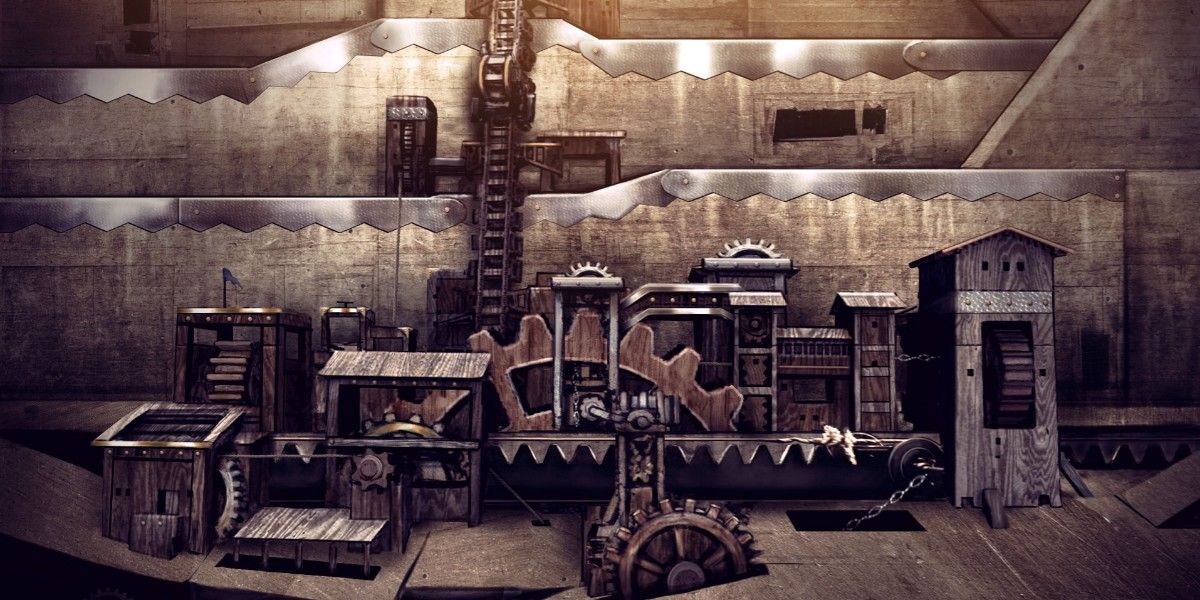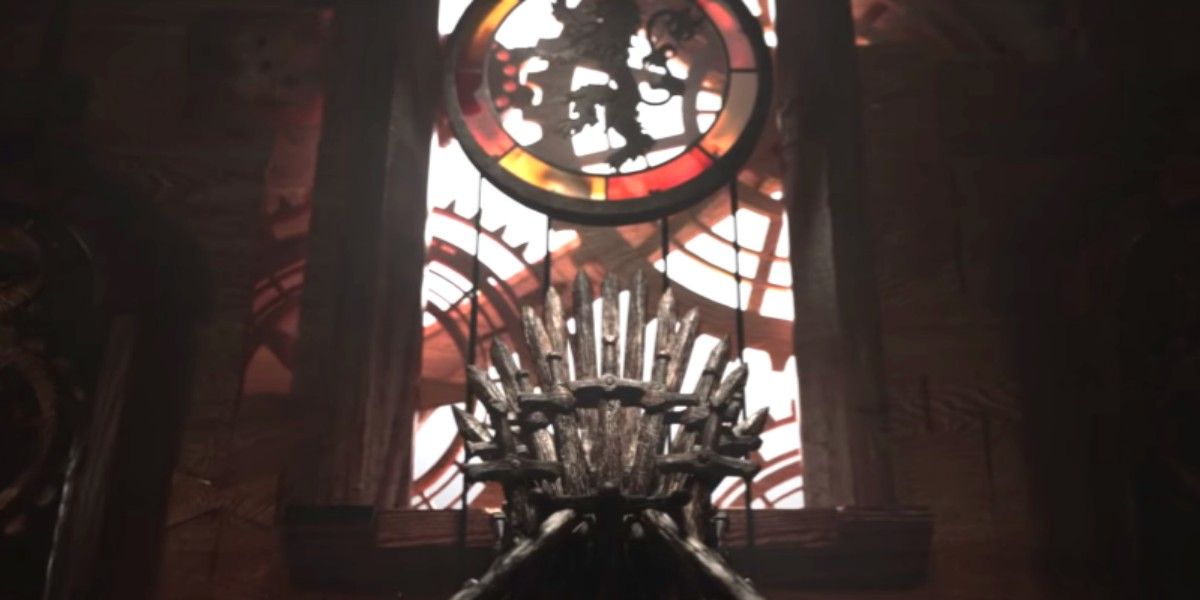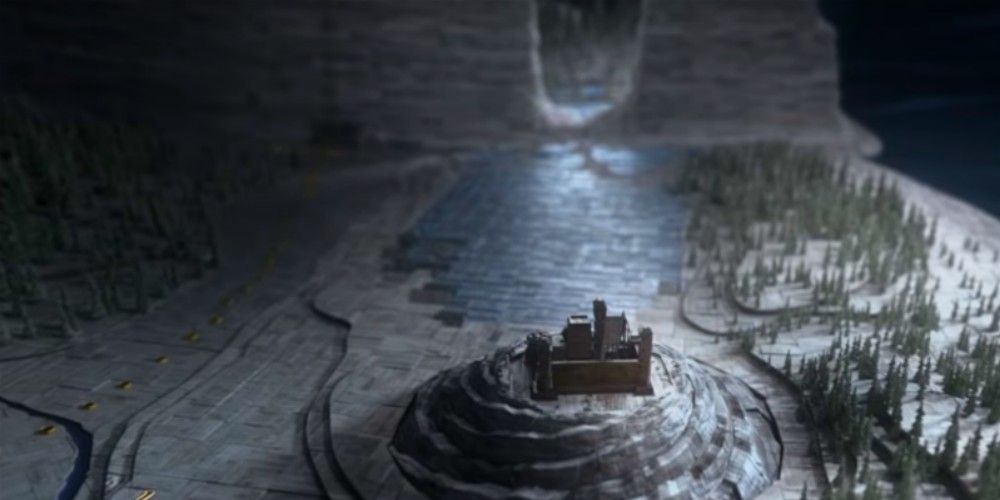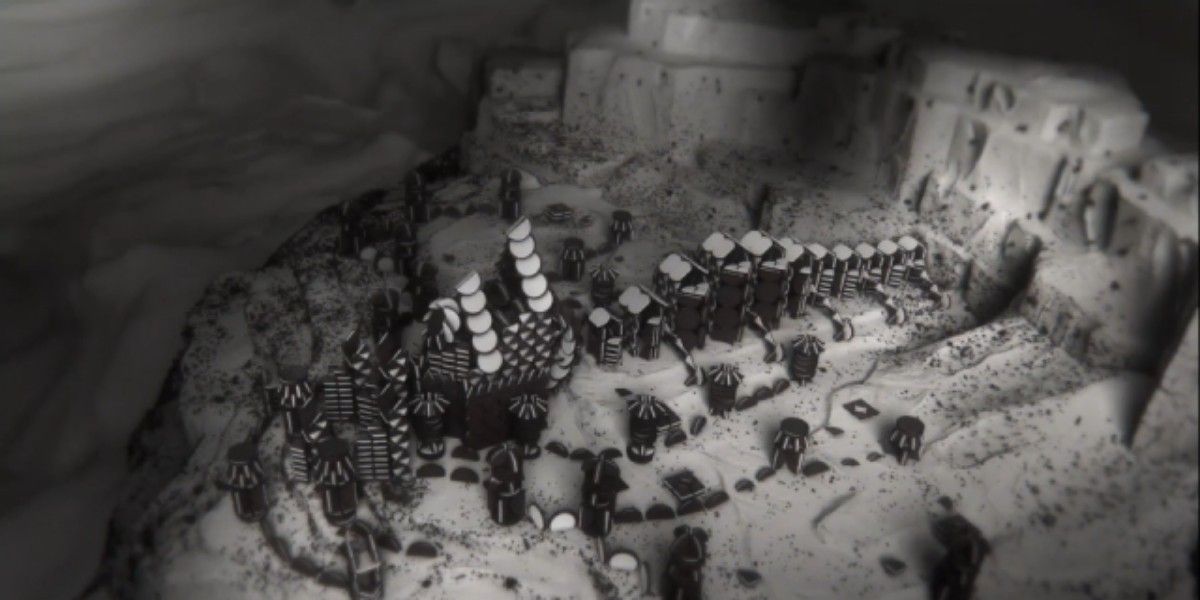When Game of Thrones first debuted on HBO back in 2011, no one could have predicted the complex fantasy epic would become one of the most celebrated television series of all time. George R. R. Martin's A Song of Ice and Fire novels were said to be too high fantasy to be adapted for the viewing public, with too many locations, too many characters, and too many plots. Eight seasons later, and fans are still mourning the finale of the masterpiece.
Part of what hooked viewers was the rousing theme song and unique intro, which played out like a clock-work map unfolding as the titles appeared. As viewers gazed upon the kingdom of Westeros, the call of adventure filled their ears, and they were transported to a time of clanging swords, soaring dragons, and flawed heroes. The music of Game of Thrones proved to be just as important as its lavish costumes and impressive sets for making Westeros come alive. Here are ten things you didn't know about the theme and intro.
THE INTRO WAS MADE BEFORE THE THEME SONG
The intro, consisting of an epic map with whirligig locations was made by Elastic, a popular production studio that's been behind several recent television hits, including Westworld, True Detective, and The Crown. The basic concept of the intro was made prior to the theme song, which was created to match it.
The intro, with its three-dimensional clockwork models of each Westeros location, was meant to appear built by some maester with an affinity for electric engineering. The team at Elastic were busy as the intro changed slightly each episode to factor in where the characters were going, from Westeros to Essos and back again.
IT WAS COMPOSED BY RAMIN DJAWADI
The theme song for Game of Thrones (and the rest of the series) was written and arranged by German composer Ramin Djawadi. He favors a powerful percussive sound, which isn't surprising given that his mentor is Hans Zimmer, whose film scores also have that stirring quality.
Djawadi already had several big film credits under his belt when he signed on to do the GoT theme, namely Iron Man (for which he was nominated for a Grammy in 2009), Pacific Rim, and Warcraft. He also currently composes the music for two other highly acclaimed dramatic series, Tom Clancy's Jack Ryan and Westworld.
MUSIC FOR THE SERIES HAD ALREADY BEEN MADE AHEAD OF IT
Ramin Djawadi had already begun composing music for Season 1 when the series creators implored him to work on the theme. He had been using a lot of cello in the initial score, so he decided to make it have a large part in the theme because the sound of the series had already been so established.
After seeing the title sequence and intro, he began humming what would end up being the theme almost immediately in his car on the way home. It only needed a little polishing to become the rousing theme that first became such an earworm to viewers.
THE THEME NEEDED TO BE A JOURNEY
Series creators David Benioff and D.B. Weiss were insistent that the music that Ramin Djawadi make the theme sound like a journey. The characters would be doing a lot of traveling, and embarking on a lot of separate quests, so the music needed to reflect their change in environment and temperament.
This was later reflected in the music Djawadi would compose for the series. As each character traveled and progressed, the theme he wrote for them initially would change. Subtly, over time, it would come to reflect their current state of being after many life-altering experiences. Some of them changed so much, he wrote entirely different theme songs for them.
THE INTRO CHANGED DEPENDING ON THE SEASON'S PLOT
For many of the seasons of Game of Thrones, the intro served as a giant map for the world George R. R. Martin had created. It was not just a map of Westeros, it was a way to show where the characters began, how far they'd come, and how far they still had to go. From King's Landing, to Winterfell, to the Wall, each place the intro passed over became as closely tied to the series events as the characters in each location.
Each season, and even each episode, changed the perspective of where the map was focused, with certain locations being selected over others depending on where the characters would be that week. It was a fun way to see not only where the characters were, but where they were in relation to each other.
THE THEME WAS ALMOST COMPLETELY DIFFERENT
Before a final theme song was chosen, Game of Thrones co-creator David Benioff really wanted "The Rains of Castamere" to be what played over the opening credits. The other co-creator, D.B. Weiss, didn't like that approach, and wanted to go with something else.
As it stands, "The Rains of Castamere" can be heard dozens of times throughout the show, in orchestral versions (such as at the Red Wedding), as well as in more contemporary versions by The National and Icelandic musicians Sigur Ros (who also happened to have cameos in the show as musicians).
THE INTRO WENT THROUGH SEVERAL DRAFTS
Initially, the intro sequence was going to involve a two-dimensional map of Westeros. It would still track over the locations that the characters were going to visit throughout each season, but it was also going to be revisited periodically throughout the show. Ultimately the series creators thought that would be too distracting.
The three-dimensional CGI model method was approved, and while the whirligig aesthetic was amazing to look at, there wasn't a sense of scale to any of the buildings or their environments. As the series progressed, the production team could start conceiving of scale, so that by Season 8, the structures featured in the intro were to scale (using a human being as reference).
THE INTRO CHANGED FOR THE FINAL SEASON
By the final season, the cast of characters still left had all congregated into the same areas, which meant that there didn't need to be a sweeping map of the entirety of Westeros and Essos. The locations were now clustered, and much smaller in scope. So Elastic, the production team behind the intro, got down and dirty with the street-level view of Westeros.
Since it has been 8 years between development for Season 1 and Season 8, Elastic could use new mechanics in CGI to go into greater detail with each location, mainly the Wall, King's Landing, and Winterfell. The overarching view of the map changed to a highly intimate and detailed view.
THE FINAL SEASON INTRO COULD INCLUDE MORE
To represent the numerous impactful events of Season 8, the production team at Elastic were finally able to use modern technology the way they'd always intended. For the first time since the series began, they could show things like the Wall not being intact, partially destroyed by the dragon fire from the finale of Season 7.
They could also showcase where the armies of the dead broke through south of the wall at Eastwatch, where tiles on the ground flip from black to white or vice versa. It represents the White Walkers march, the tiles changing from snow to ice as they move. The intro became an interactive map, not simply a lesson in geography.
IT WAS SPOOFED BY OREO
The same production company behind the intro and title sequence - Elastic- was also behind one of its most popular spoofs. Oreo approached the digital arts company to make a reproduction of its famous opener for Game of Thrones to commemorate its special GoT package design, but this time ,fabricate it completely out of the cookies themselves.
Elastic was up to the task, and conceived of the replica opening with 2,750 whole Oreos, and somewhere in the vicinity of 20 million crumbs scattered around. The outcome is both awe-inspiring in its attention to detail, as well as its ability to make the Oreo cookies look even more delicious than they already are.

